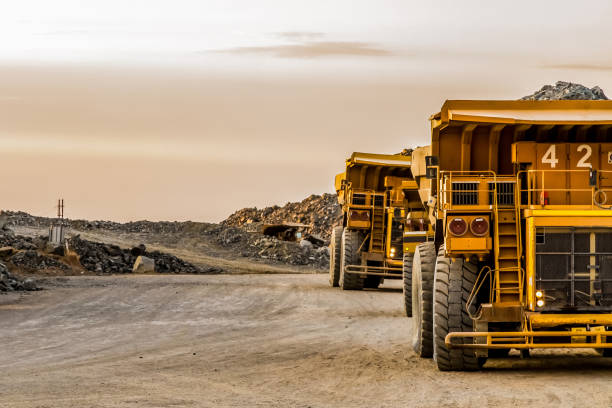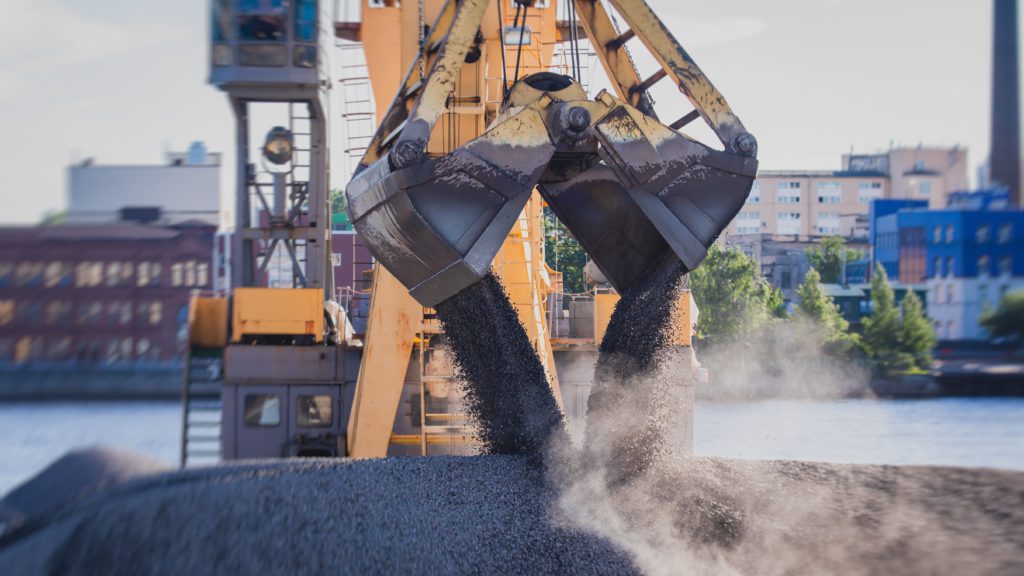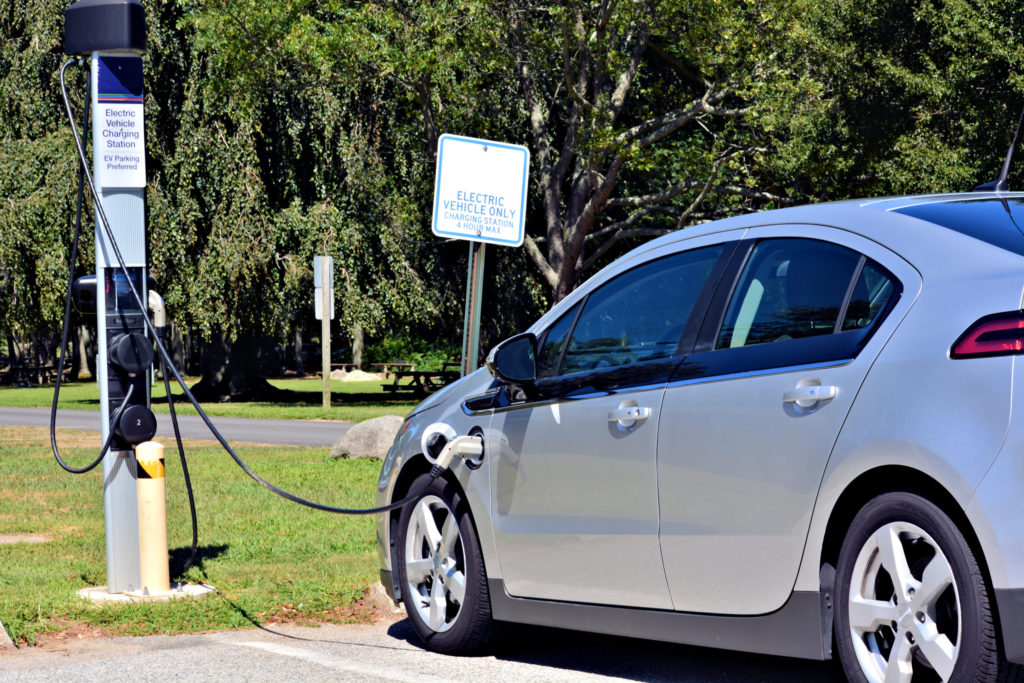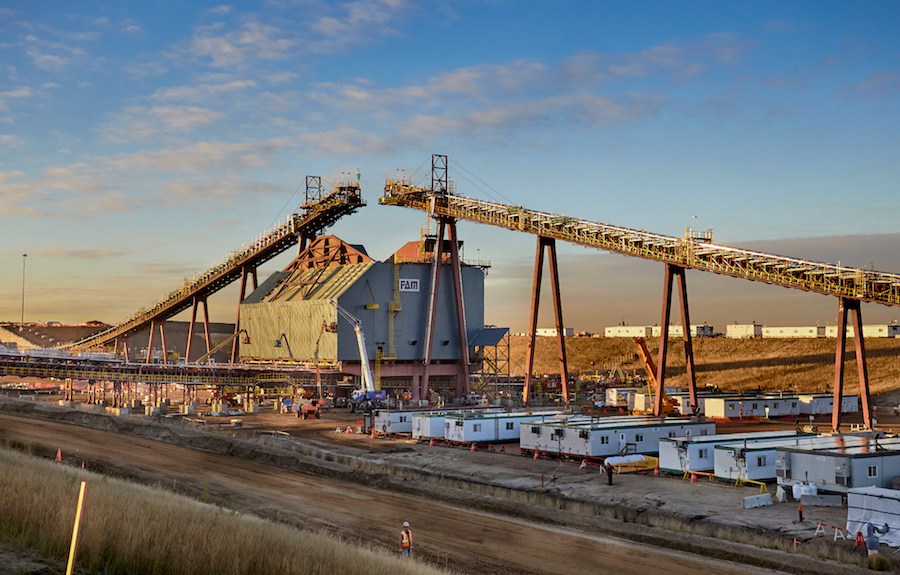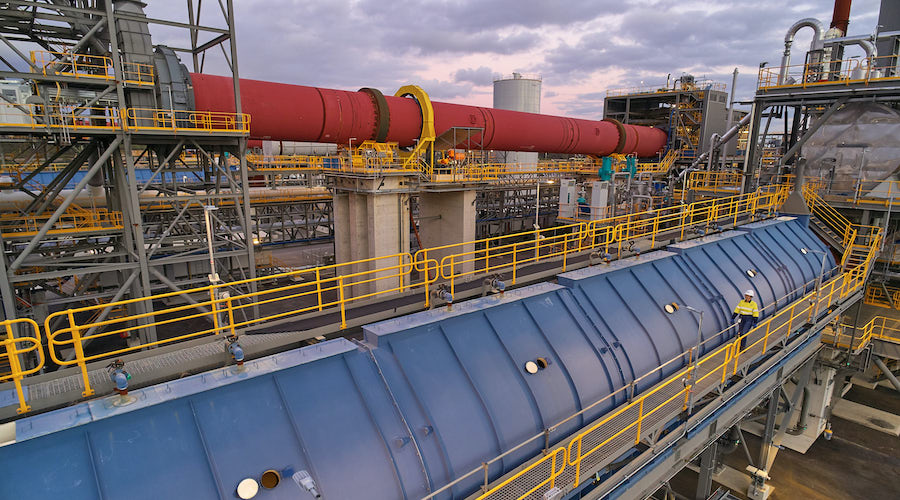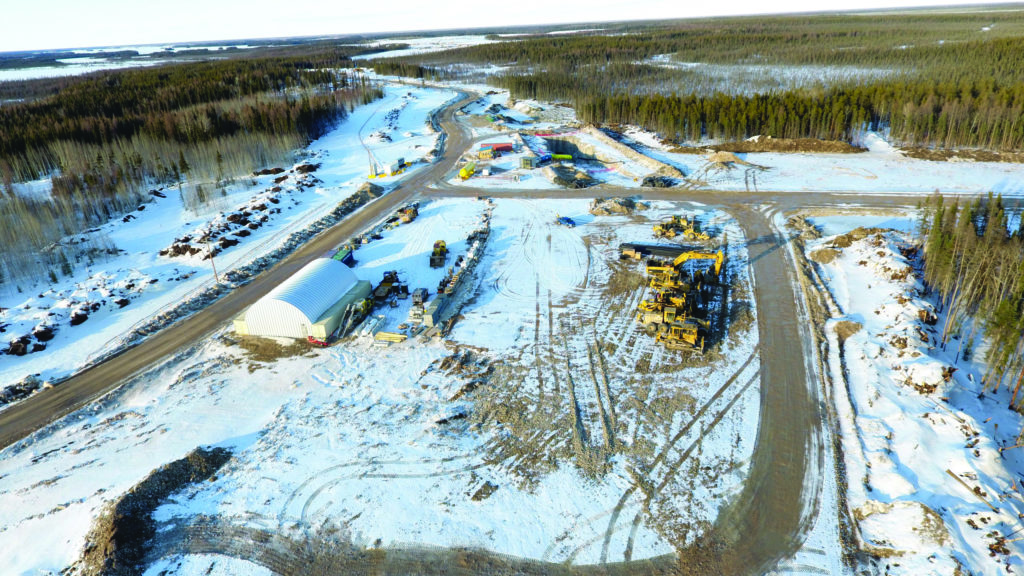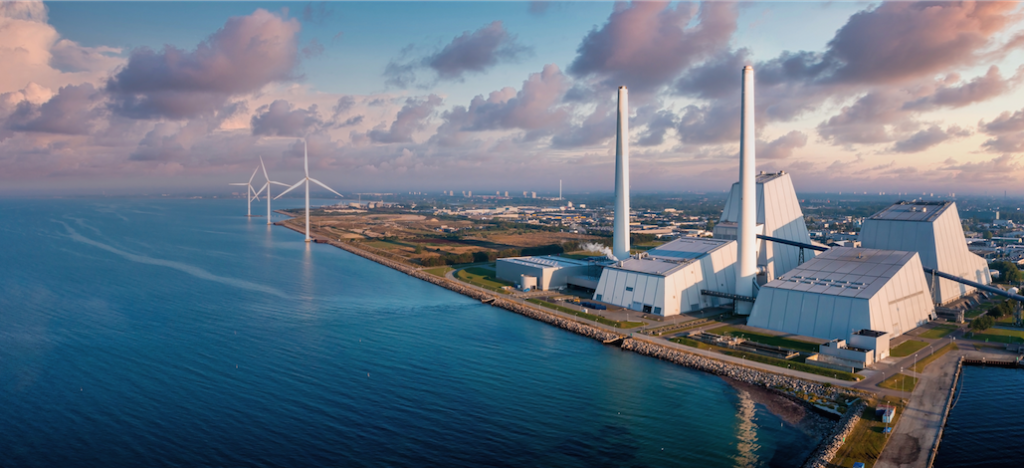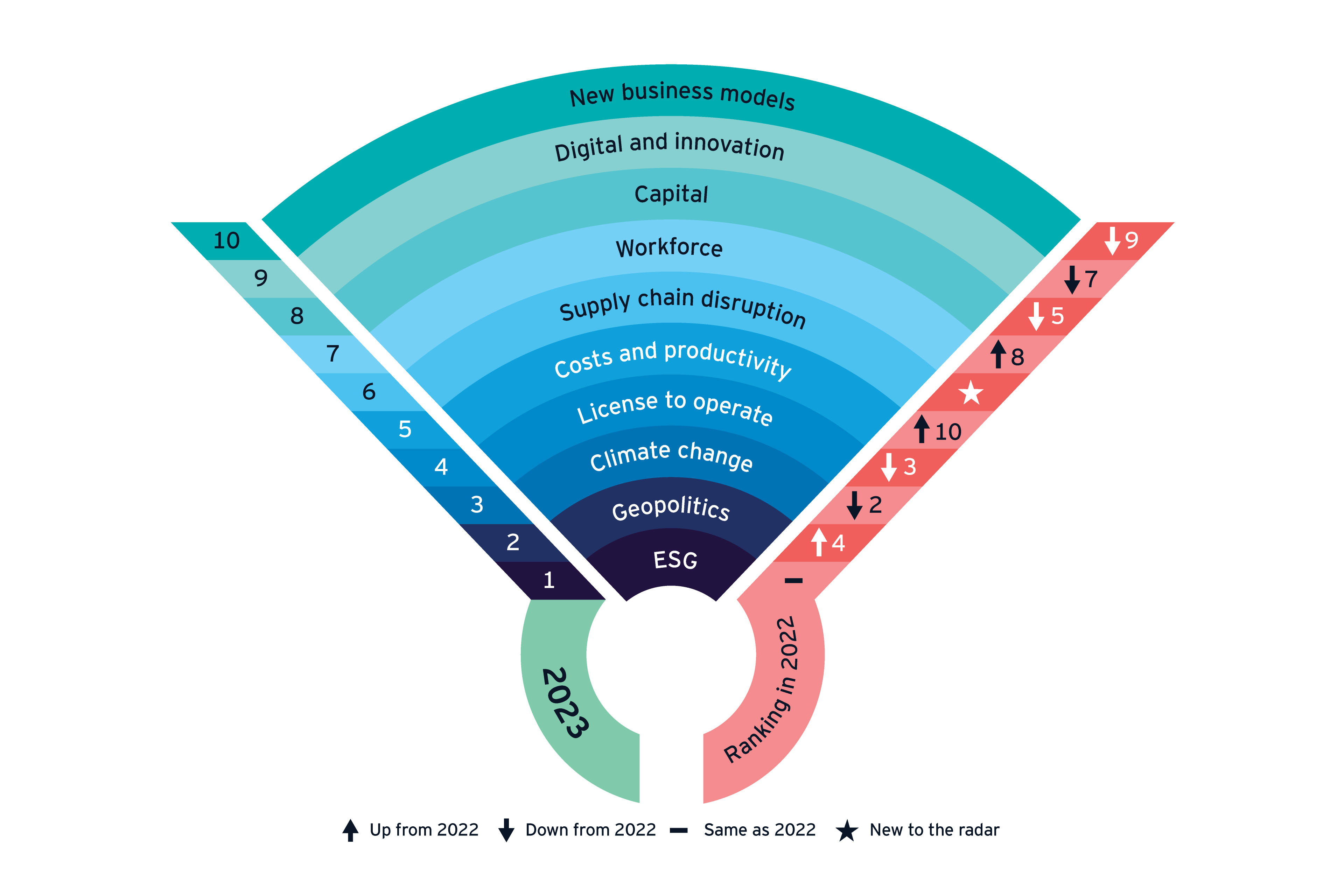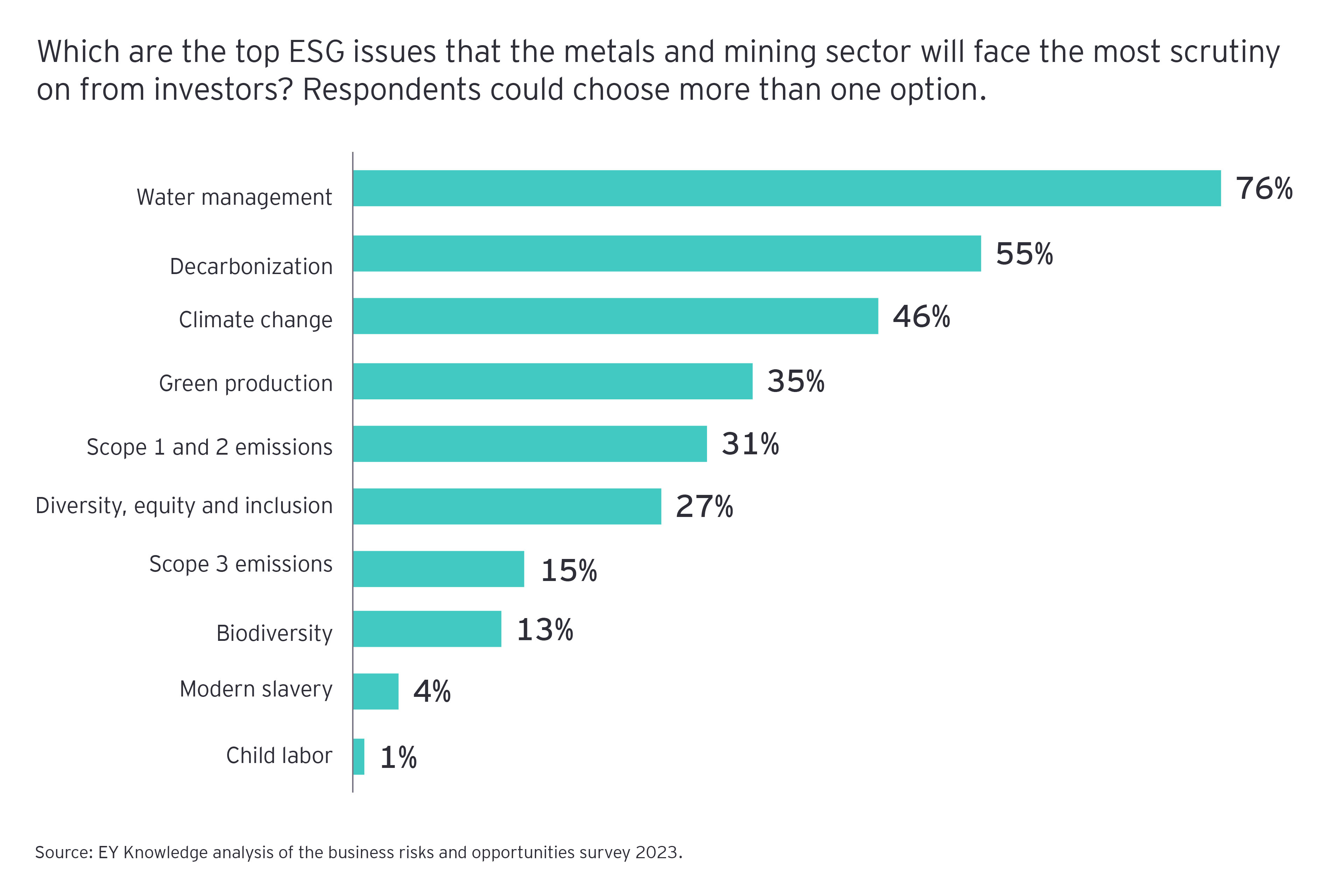The ramping up of production from its hugely oil-rich West Karoun cluster of oil fields to at least 1 million barrels per day (bpd) remains one of Iran’s core strategic economic priorities, along with maintaining gas production of at least 1 billion cubic metres per day, and continuing to build out its value-added petrochemicals production to at least 100 million metric tons per year. Two of these West Karoun fields – North Azadegan, and South Azadegan – are now the focus of a concerted US$7 billion fast-track development plan, involving Russian oil firms at the forefront, with some support from China. Both fields are shared fields with neighbouring Iraq, in which it forms the supergiant Majnoon oil field, which means that the provenance of the oil coming from them can be obfuscated, allowing for transport to any destination. At the signing ceremony for the new US$7 billion development program, Iran’s Petroleum Minister, Javad Owji, outlined that the project would be undertaken by a consortium of Iranian banks and exploration and production companies, including the Khatam al-Anbia Construction Headquarters (KAA). According to the U.S. Department of the Treasury, Khatam is: “The engineering arm of the IRGC [Islamic Revolutionary Guard Corps] that serves to help the IRGC generate income and fund its operations. Khatam al-Anbiya is controlled by the IRGC and is involved in the construction of streets, highways, tunnels, water conveyance projects, agricultural restoration projects, and pipelines.” As part of the IRGC, according to several sources spoken to by OilPrice.com, and to the U.S.’s FDD, the KAA has a specific disbursement line in the country’s annual budget and helps finance Iran’s nuclear program, ballistic missile development, and terrorist activities. In short, the inclusion of the KAA, and several other companies named in the roster of those that will work on the Azadegan development program, appears to be another clear sign that Iran does not see a new iteration of the Joint Comprehensive Plan of Action (JCPOA) being agreed anytime soon, as OilPrice.com has posited for some time.
For Russia, though, the oil and gas opportunities in Iran have always been seen as enormous, and rightly so, as, despite its already high levels of oil (and gas) production, Iran can still be seen as an extremely under-developed oil (and gas) power. In crude oil terms alone, the Islamic Republic has an estimated 157 billion barrels of proven crude oil reserves, nearly 10 percent of the world’s total and 13 percent of those held by OPEC. The North and South Azadegan oil fields alone have a combined 32 billion barrels of oil in place, according to the very latest figures from Iran’s Petroleum Ministry, ranking as Iran’s largest joint oil field and the 10th largest oil field in the world. The lifting cost of crude oil at both North and South fields is also exceptionally advantageous for developers, rating on a par with Saudi Arabia’s and Iraq’s best fields as the lowest in the world, at just US$1-2 per barrel. The ultimate production aim for the two Azadegan fields, as announced by Owji, is for a combined 570,000 bpd within the next seven years, up from the current 190,000 bpd. “During the 20-year operation period of the Azadegan field, if we consider the base price of oil per barrel to be 80 dollars, it will generate more than US$115 billion in revenue and income for the country and create employment for 24,000 people,” he added.
Given the inclusion of KAA within the development group for Azadegan, it is no surprise to see Russian companies fully re-engage in the project as part of a broad-based renaissance of Moscow’s involvement in Iran as a whole, after a period when Russia took the backseat to China. Prior to the reimposition of U.S.-led sanctions on Iran in 2018, Russian companies were on the verge of taking over several new major oil and gas projects in the Islamic Republic. This resulted in initial agreements being signed by Gazpromneft for feasibility studies for the Changouleh and Cheshmeh-Khosh oilfields, Zarubezhneft for the Aban and Paydar Gharb fields and Tatneft for the Dehloran field. These were on top of the previous memoranda of understanding (MoU) signed by Lukoil and the National Iranian Oil Company (NIOC) for studies of the Ab Teymour and Mansouri oil fields, resulting in Russian firms being assigned seven field studies, the most of any country to that point. Even more significantly, though, was that these deals were only a part of a very wide-ranging 22-point MoU signed by Iran’s deputy petroleum minister, Amir-Hossein Zamaninia, and Russia’s deputy energy minister, Kirill Molodtsov, at the time. These included not just the studies and plans for exploration and extraction of oil but also for the transfer of gas, petrochemical swap operations, research on the supply and marketing of petrochemical products, the manufacture of oil equipment together with local Iranian engineering firms, and technology transfer in the refinery sector
One of the shorter-term benefits that will continue to accrue for Iran and Russia from Tehran’s push to develop North and South Azadegan, along with its other shared oil fields with Iraq, is the scope and scale that these shared fields offer for disguising the origin of crude oil being moved from the unsanctioned Iraq, as analysed in depth in my latest book on the global oil markets. “It is impossible, literally, to distinguish Iraqi oil from Iranian oil in the shared oil fields, with the oil on the Iraqi side of the border being drilled from the same reservoirs as the oil being drilled on the Iranian side, and sometimes even through long-distance horizontal directional drilling,” a senior source who works closely with Iran’s Petroleum Ministry exclusively told OilPrice.com. “Even if the Americans or their trusted appointees stationed people at every single rig in every single shared field in Iraq, they would not be able to tell if the oil coming out it was from the Iranian side,” he added.
Once the oil has been re-categorised as coming from non-sanctioned Iraq, rather than Iran, it is easy to send it to wherever Iraqi oil can go, which is anywhere. The bulk of this can be done through Iraq’s existing crude oil export infrastructure, including very large crude carriers loaded in and around the southern export hub of Basra. It can also be done directly into southern Europe via the Turkish port of Ceyhan through the crude oil pipelines running through the semi-autonomous Iraq region of Kurdistan (although these have been subject to ongoing disruptions for years), and there are also plans for further pipelines from Iraq to Jordan and Syria. Once in Europe, this oil – all of which is discounted in price from the benchmark – has historically gone into some of the less rigorously policed ports of southern Europe that need oil and/or oil trading commissions, including those of Albania, Montenegro, Bosnia and Herzegovina, Serbia, Macedonia and Croatia. From there, the oil can easily be moved across borders to Europe’s bigger oil consumers, including through Turkey.
These crude oil export methods from Iraq can be supplemented where necessary by various shipping-related methods, with one of the most basic methods being the disabling (literally just flicking a switch) of the ‘automatic identification system’ on ships that carry Iranian oil, as is just lying about destinations in shipping documentation. As Iran’s then-Petroleum Minister himself, Bijan Zangeneh, said in 2020: “What we export is not under Iran’s name. The documents are changed over and over, as well as [the] specifications.” Even before that, in December 2018 at the Doha Forum, Iran’s Foreign Minister, Mohammad Zarif, stated that: “If there is an art that we have perfected in Iran, [that] we can teach to others for a price, it is the art of evading sanctions.” For Asian-bound shipments, the reliable methodology has allegedly involved Malaysia (and to a lesser degree Indonesia) in forwarding oil exports to China, with tankers bound ultimately for China engaging in at-sea or just-outside-port transfers of Iranian oil onto tankers flying other flags.
As of the end of last week, the Iran source exclusively told OilPrice.com: “Russian companies are now in a gold rush to Iran, with [Russian President, Vladimir] Putin commenting a few days ago that 80 Russian companies are on their way to Tehran with a view to expanding Russia’s presence in the oil, gas, petrochemicals, and automotive sectors as primary goals.” He added: “In total, around nine hundred senior Russian business figures are expected in Tehran in the next four weeks, all with promises for deals in these sectors [above] and, in return, Iran is receiving promises of the latest Sukhoi fighter jets, two submarines, sixteen S-300 batteries, and an undisclosed number of military and security advisors.” He concluded: “It’s pretty much a fire-sale of Iran’s natural oil and gas assets.”
By Simon Watkins for Oilprice.com
